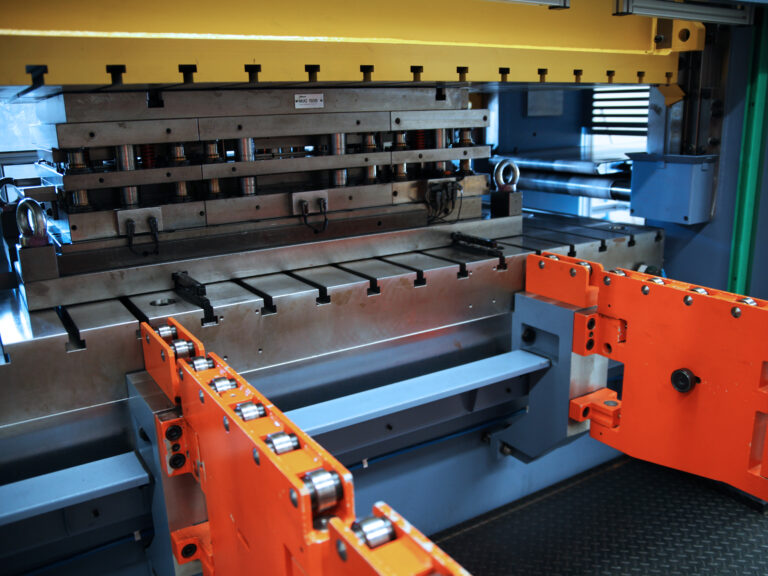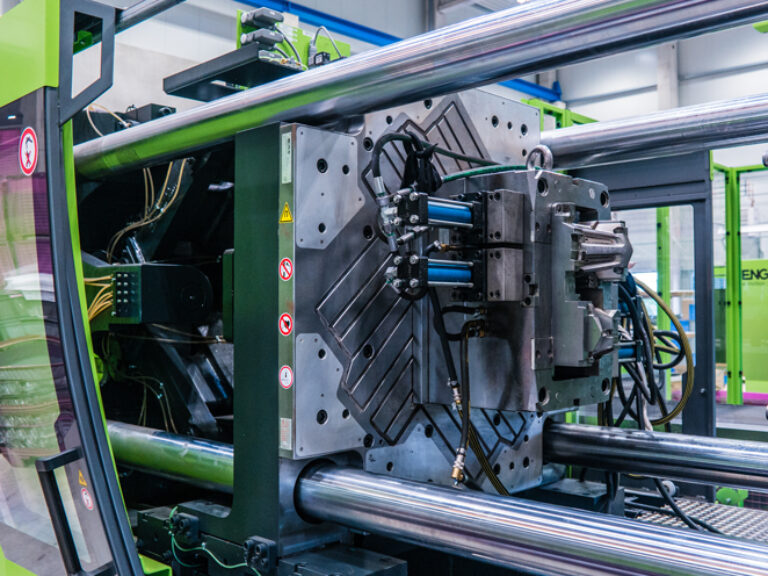Die Casting
DIE CASTING PROCESS
Die casting is the manufacturing process for metal parts where liquid metal is injected into a high-precision mold called a die.
The (non-ferrous) metal is melted, then injected under high pressure into the die casting machine.
Die casting is mostly used by manufacturers for high-volume production, especially for small to mid-sized castings. Thanks to the high-pressure injection, the results are generally more uniform parts with good surface finish and dimensional accuracy. The advantage of this is little (or no) need for post-machining.
There are two basic types of die casting machines: hot chamber machines and cold chamber machines. The machines used for hot-chamber die casting are also referred to as gooseneck machines, used for low-melting point metals like zinc. The cold-chamber die casting machines are used for alloys with high melting temperatures such as aluminum.
HOW DOES THE DIE CASTING PROCESS WORK?
In both types of die casting machines, metal dissolves and is injected into the die casting molds. The molds used in die casting are most often referred to as dies. The metal then cools quickly, solidifying into the final part. This part is called the casting.
The basic steps in a traditional, high-pressure die casting process are die preparation, filling, ejection, and the shakeout.
After opening the die, the die is cleaned and often prepared with some sort of lubricant. This assists in the removal of the metal after injection, but also helps controlling the temperature. The die is closed and clamped. Then, the liquefied metal is injected (under high pressure) into the die. The pressure stays on while the metal cools down and solidifies.
Once the parts are solid, the shot (which can contain multiple castings) is ejected by the ejector system. Finally, the finished parts are separated from the leftover scrap in the shake-out.
QUICK DIE CHANGE SYSTEMS
Price is a challenge in die casting, particularly for tooling. Tooling is the biggest bottleneck in the die casting process.
EAS enables Just-in-Time Die Casting Manufacturing. Reduction of your die changes is a major improvement in your die casting manufacturing process. Every enduring changeover counteracts your stamping or die casting machine performance and output.
SMED stands for the Single Minute Exchange of Dies, the EAS specialty which reduces the unproductive die changeover time to minutes instead of hours.
Let us help improve your stamping or casting flow with our SMED solutions. Contact EAS to find out more.





